The observation method is described as a method to observe and describe the behavior of a subject. As the name suggests, it is a way of collecting relevant information and data by observing. It is also referred to as a participatory study because the researcher has to establish a link with the respondent and for this has to immerse himself in the same setting as theirs. Only then can he use the observation method to record and take notes.
Meaning and examples
Observation method is used in cases where you want to avoid an error that can be a result of bias during evaluation and interpretation processes. It is a way to obtain objective data by watching a participant and recording it for analysis at a later stage.
Observation method in data collection can be
- Structured observation method – This is a systematic observation method where data is collected as per a pre-defined schedule. The specific variable is used in this method for data collection.
- Unstructured observation method – The unstructured observation method is conducted in a free and open manner without using any pre-determined objectives, schedules or variables.
Sampling methods for Observational Data
The researcher has a vital role to play as he will have to collect, record and classify the data appropriately. The primary sampling methods are
- Event sampling – In the event sampling observation method the researcher decides beforehand what events or behavior he will record and which ones he is going to ignore
- Time sampling – In the time sampling observation method, the researcher chooses the time when he will observe. He makes a record of the occurrence only in the specified and pre-determined period
- Target-time or instantaneous sampling – In the target-time or instantaneous sampling observation method, the researcher decides beforehand the moments when the observation will happen and will be recorded at that moment. Everything that happens before or after that moment is of no consequence hence is typically ignored
Types of observation method
The different types of observation method are as follows:
1) Controlled observations
The controlled observation is carried out in a closed space. It is the researcher who has the authority to decide the place and the time where and when the observation will take place. He also decides who the participants will be and in what circumstances will he use the standardized process.
The participants are chosen for a variable group randomly. The researcher observes and records a detailed and descriptive data of behavior and divides it into a distinct category. Sometimes the researcher codes the action as per an agreed scale by using a behavior schedule. The coding can include letters or numbers or a range to measure behavior intensity and describe its characteristics.
The collected data is often turned into statistics. In a controlled observation method, the participants are informed by the researcher about the aim of the research. This makes them aware of being observed. The researcher avoids direct contact during the observation method and generally uses a two-way mirror to observe and record details.
Advantages of controlled observation method
- The data and information received from a controlled observation method are structured and analytical. It is thus easy to analyze it quickly and is considered less time-consuming than the other observation methods
- Other researchers can easily replicate the report that has been created through the controlled observation method. They use a similar observation schedule, and this makes it easy to test for reliability.
- As the controlled observation method is several quick observations can be conducted within a short time frame. Thus the researcher can collect large samples which makes it easier for him to generalize a large population
Limitations of controlled observation method
- The controlled observation method lacks validity because when the participants are aware of being observed their behavior will automatically change
2) Naturalistic observations
Social scientists and psychologists generally use the naturalistic observation method. The process involves observing and studying the spontaneous behavior of the participants in open or natural surroundings. The role of the researcher is to find and record whatever he can see and observe in natural habitat.
Advantages of naturalistic observation method
- When a participant is in a natural habitat, his flow of behavior is natural and not forced.
- The studies have gained better ecological validity than the controlled observation method
- The naturalistic observation method is used by the researchers to create new ideas. The researcher has the chance to observe the total situation and can find avenues that other people have not thought about
Limitations of naturalistic observation methods
- The naturalistic observation method facilitates observations on a micro-scale. It often lacks a representative sample and thus cannot help the researcher in making a generalization that relates to a broader society
- In this type of observation method, the researcher needs proper training to recognize aspects that are significant and worth attention.
- The observations through naturalistic observation method are not as reliable as the researcher wants them to be because it is not possible to control some variables. This is why other researchers cannot similarly repeat the study or research.
- Establishing the cause and effect relationship is not possible because the researcher cannot manipulate the variables
3) Participant observations
The participant observation method is often considered a variant of the naturalistic observation method because it has some similarities with it. The point of difference is that the researcher is not a distant observer anymore because he has joined the participants and become a part of their group. He does this to get a more in-depth and greater insight into their lives.
The researcher interacts with other members of the group freely, participates in their activities, studies their behavior and acquires a different way of life. Participant observation can be overt or covert.
- Overt –When the researcher asks permission from a group to mingle the observation method is known as overt. He does so by revealing his true purpose and real identity to the group with whom he wants to mingle
- Covert– When the researcher does not show either his true identity or real meaning to the group he wants to join then the observation is known as covert. He keeps both concealed and takes on a false role and identity to enter and mingle in the group. He generally acts as if he is a genuine member of that group
Advantages of Participant Observation methods
- It is easy to study and observe the natural behavior of the participants in the group by becoming a part of that group. The respondents generally do not know that they are being observed and behavior recorded, so they are not restrained or constrained in their activities and behavior
- The researcher becomes understanding by following the events of the respondents from such a close angle.
- During the participant observation method, the researcher develops a good and healthy relationship with the respondents. This rapport helps him to participate in all the activities and make observations with a detached mind
- The participant observation method helps the research to observe the actual behavior of the respondents and create an inclusive and intensive case study of that group
- Actual participation in the activities provides the researcher with an opportunity to converse freely with other members about various events, their meaning and their importance to them. He gains an in-depth knowledge which would not have been possible only by observation.
Limitations of Participant Observation methods
- It is challenging to work undercover. For example, the researcher will have only to observe and not record in front of others because he will not want to blow his cover. He relies heavily on his memory which can be faulty at times
- Sometimes the researcher becomes too involved in the intricacies of that group. There is a higher chance of losing his objectivity because his reporting will be selective and dependent on his memory
- The emotional participation of the researcher can result in bias interpretation. He will be influenced to some degree and a time might come when he would start supporting them unconditionally because their views and behavior will ultimately become his. This will result in a personal viewpoint of the scenario and not an objective or scientific report
- In the participant observation method, the researcher’s experience becomes intense because of his proximity to the group members but the range becomes limited
- The researcher misses many vital points because of his familiarity
- Proximity with the group will involve him in group factionalism, and he will have to take sides. He then loses his objectivity as an impartial observer with whom everyone is ready to cooperate.
Advantages of Observation Method
- Provides direct access to research phenomena
- By observing firsthand, the researcher can collect, check and record accurate data
- Greater flexibility in terms of application
- Generate a permanent record of phenomena and the researcher or others can refer with it later
- The organization method is one of the simplest methods of data collection. It does not require too much technical knowledge
- The observation method is one of the best ways to formulate a hypothesis. The researcher can observe and come to know about the activities, perceptions, likes and dislikes to form a theory on his subject
- Observation method is one of the most common methods used in all sciences and is very easy to follow and accept
- In some instances observation is the only available tool to collect essential data and information
- The observation method does not require the willingness of the participant to record. The researcher can observe from a distance and record his findings
Disadvantages of Observation Method
- Faces a severe disadvantage because it takes a longer time frame compared to other data collection methods
- There is a chance of higher observer bias in the observation method
- Several personal behaviors are not open for observation and this proves a limitation in case of observation method
- There is a higher chance of the observer influencing the behavior of a sample group elements
- Uncertainties of the event cannot determine the actual time when the event will take place, and this is why every occurrence that is open to observation cannot be observed
- Many of the incidents are abstract like love, affection and the researcher can’t gain an exact and correct account of those
- The social phenomena generalization made by observation are not considered reliable as it cannot be used for lab experiments
- In some cases, it is seen that two persons observing the same phenomena come at different results and this can lead to faulty perceptions
- Observation method is considered an expensive affair as it requires hard effort, plenty of time and high cost

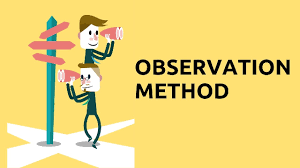



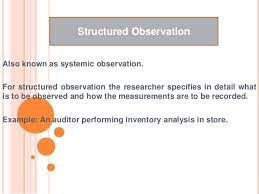
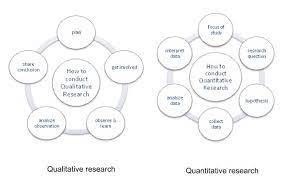
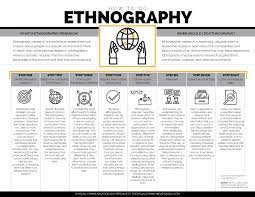
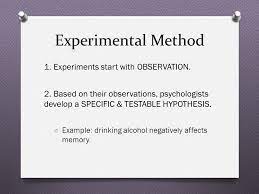

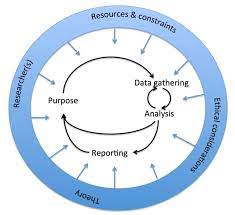

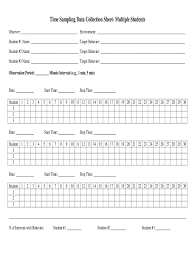

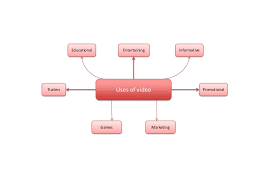

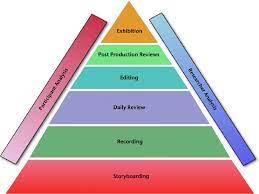
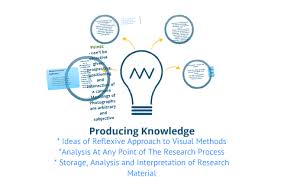
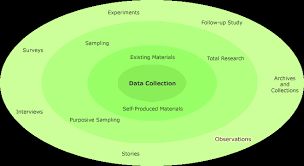








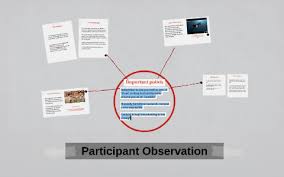



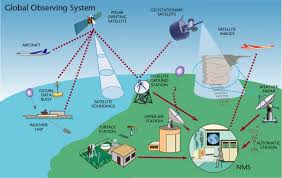
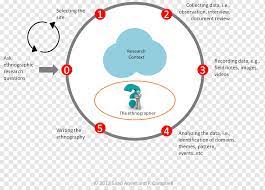

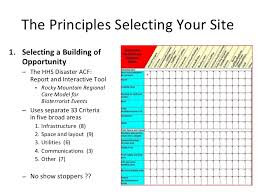

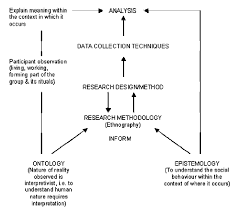


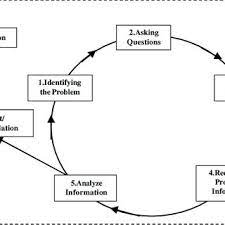


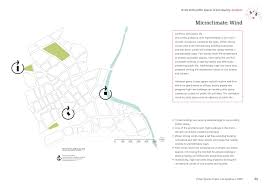

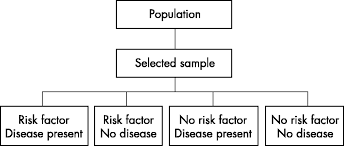
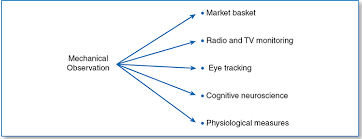


9 Aug 2021
9 Aug 2021
9 Aug 2021
9 Aug 2021
9 Aug 2021
9 Aug 2021